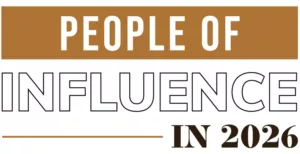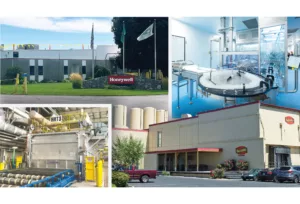
Home » Poor economy taking toll on green jobs, study says
Poor economy taking toll on green jobs, study says
Survey also uncovered little difference between green, regular economy
September 13, 2012
In its third study of green jobs in Washington, released in late June, the state's Employment Security Department found evidence that the recession has taken a toll on jobs involved in developing or using environmentally friendly products.
The study also supported earlier findings that there's little difference between a green economy and the regular economy.
Unlike reports it released in 2008 and 2009, the "2011 Green-Economy Jobs Report" takes a comprehensive look at all private- and public-sector industries in Washington. Altogether, the department found an estimated 120,000 green jobs in 2011, nearly 105,000 of them in the private sector.
Since it was the first comprehensive study, researchers can't accurately estimate the total change in green jobs since 2008, the agency says. However, among the industries that were surveyed in both 2009 and 2011, green jobs declined by an estimated 18,300, or 18 percent.
About 60 percent of the decline occurred in the government sector. But private-sector green jobs also shrank in industries that previously had reported increases.
Researchers couldn't identify a specific reason for the declines.
"It appears the recession took at least some toll on green jobs, but how employers interpret the definition may be another factor," says Cynthia Forland, research director for the Employment Security Department.
Washington state defines a green job as one in which workers are helping to increase energy efficiency, produce renewable energy, or prevent, reduce or clean up pollution. In the department's survey, employers were asked to identify how many of their employees had one or more of these activities as a primary focus of their jobs.
"As more and more jobs incorporate elements of green activities, there may be fewer jobs where green responsibilities are a primary focus," Forland says. "The green economy and the regular economy are mostly one and the same."
To date, studies in Washington and across the nation haven't identified any new industries that are uniquely green, and only a few green occupations, such as wind-turbine technician and solar-panel designer. In 2011, employers said that two-thirds of their green jobs had skill requirements that were identical or mostly the same as nongreen jobs.
In addition to measuring green jobs in the overall economy, the report breaks out the number of green jobs by industry and occupation. It also estimates wages and educational requirements for green jobs.
The survey found an estimated 120,305 green jobs in Washington, which—although substantial—represented only about 4 percent of total statewide employment covered by state unemployment insurance.
It listed construction as the leading industry, with about one-quarter of the green jobs in the state. Interestingly, agriculture was the third-largest industry reporting green jobs, at 10 percent of all green jobs in the state, just behind administrative and support services and waste management, at 10.4 percent.
The survey estimated Spokane last year had 6,788 green jobs, or 5.6 percent of the unemployment insurance-covered total workforce here of 121,552. Percentagewise, that was better than Seattle-King County's 4.3 percent, but well below the state-leading Benton-Franklin county figure of 13.4 percent.
Latest News
Related Articles



_web.webp?t=1764835652)